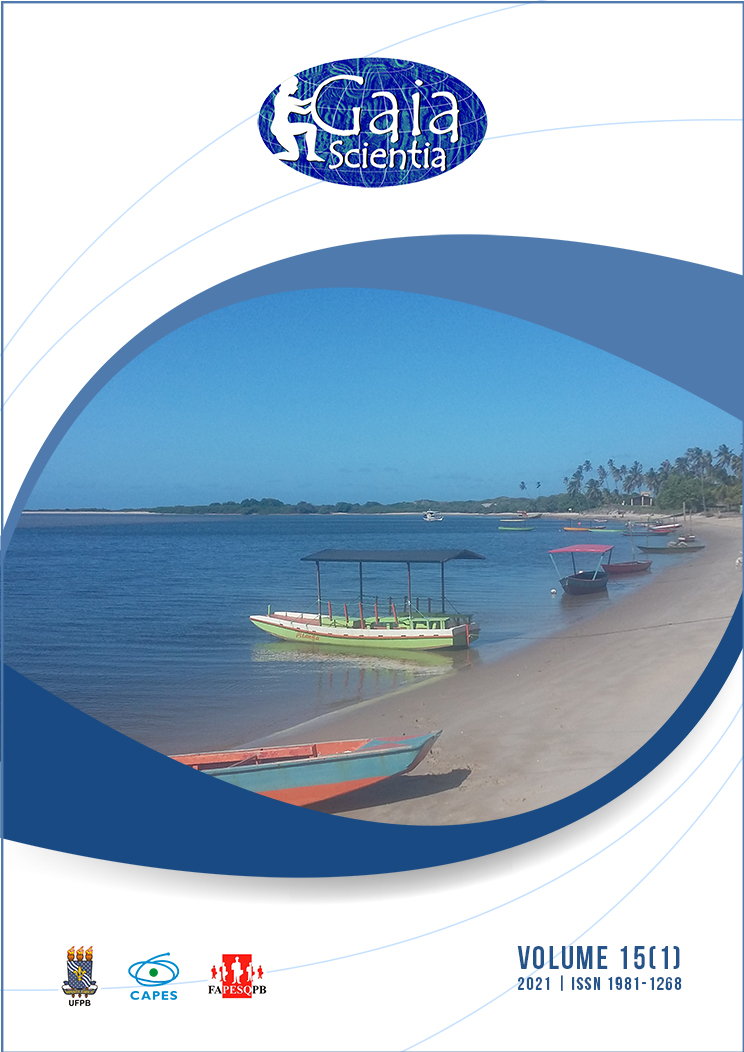Caíco’s fishing and local ecological knowledge of artisanal fishermen in the archipelago of Fernando de Noronha, PE, Brazil
DOI:
https://doi.org/10.22478/ufpb.1981-1268.2021v15n1.58349Abstract
The objective of this research was to characterize the fishing activity of caíco in Fernando de Noronha in relation to the species caught, productivity, fleet, fishing methods and equipments, as well as aspects of local ecological knowledge associated with this fishery modality. The purposes of the research is to identify local needs and provide information to support the fisheries administration and future research on the topic addressed. The data were collected throughout interviews with the aid of a questionnaire addressing questions about: type of vessel, measures and material of the boat composition, navigation instruments, type and power of the engine, fishing gear, way of fishing, time of capture, fishing grounds used, fish caught, biomass and fishing variables. Eleven artisanal caíco fishermen were interviewed, in Fernando de Noronha there are six caíco that perform artisanal fishing, the activity lasts around six hours, uses hand line as artefact and live sardine as bait. The most caught fish during the year were barracuda (Sphyraena barracuda), Albacore (Thunnus atlanticus), Guarajuba (Caranx crysos) and Xixarro (Caranx bartholomaei). The variables most cited by fishermen and analyzed statistically were: depth, seasonality and moon phases. There were no significant differences in productivity among the four quarters, depths or phases of the moon, but the three variables showed an influence on the composition of the fisheries and the predominance of some species, corroborating with the local ecological knowledge of the fishermen. Caico fishing provides source of income and food supply to artisanal fishermen in Fernando de Noronha, plus a direct relationship with the environment and exploited resources. Due to the increase in the caico fishing fleet in recent years, it is necessary to monitor the onboard artisanal fishery activity of Fernando de Noronha, in addition to supply information about the autonomy, potential impacts and productivity achieved, especially the chase and capture of live baits are aspects to be analyzed for decision making related to local fisheries management.
Keywords: Artisanal fishing, fishing management, units of conservation.
Downloads
Downloads
Published
Versions
- 2021-05-03 (2)
- 2021-04-15 (1)










